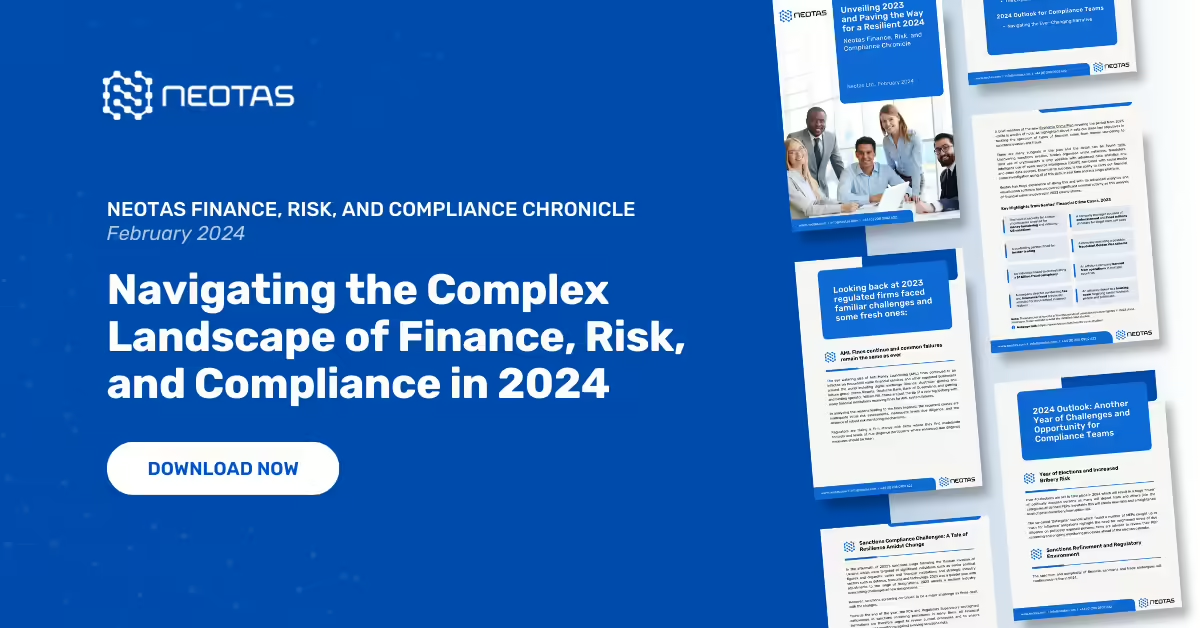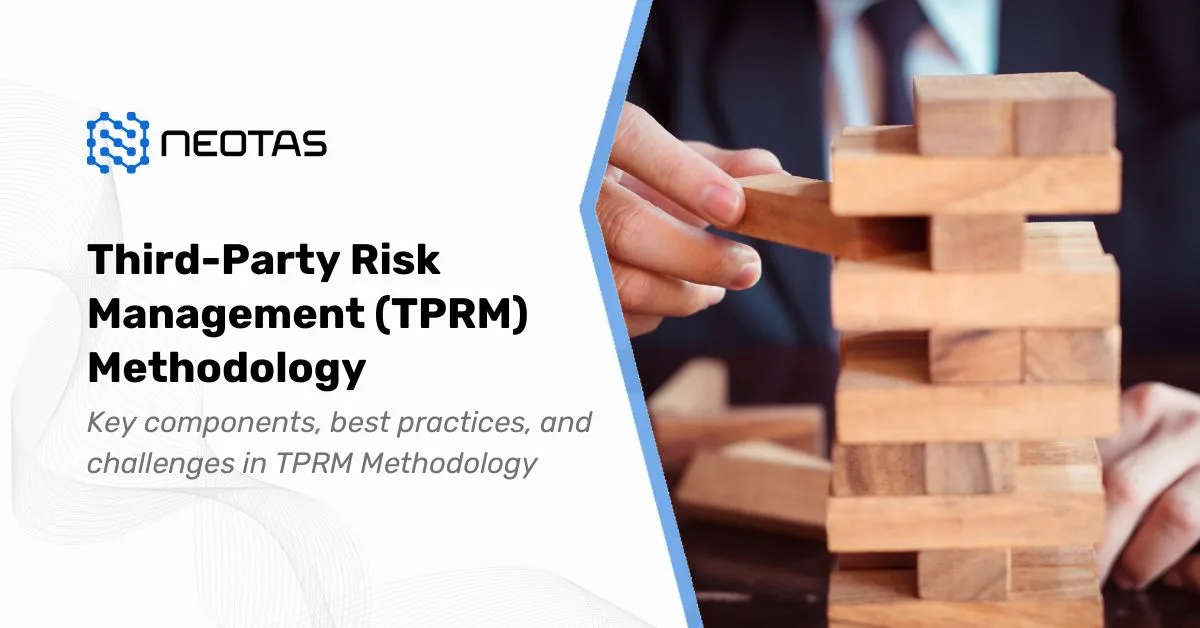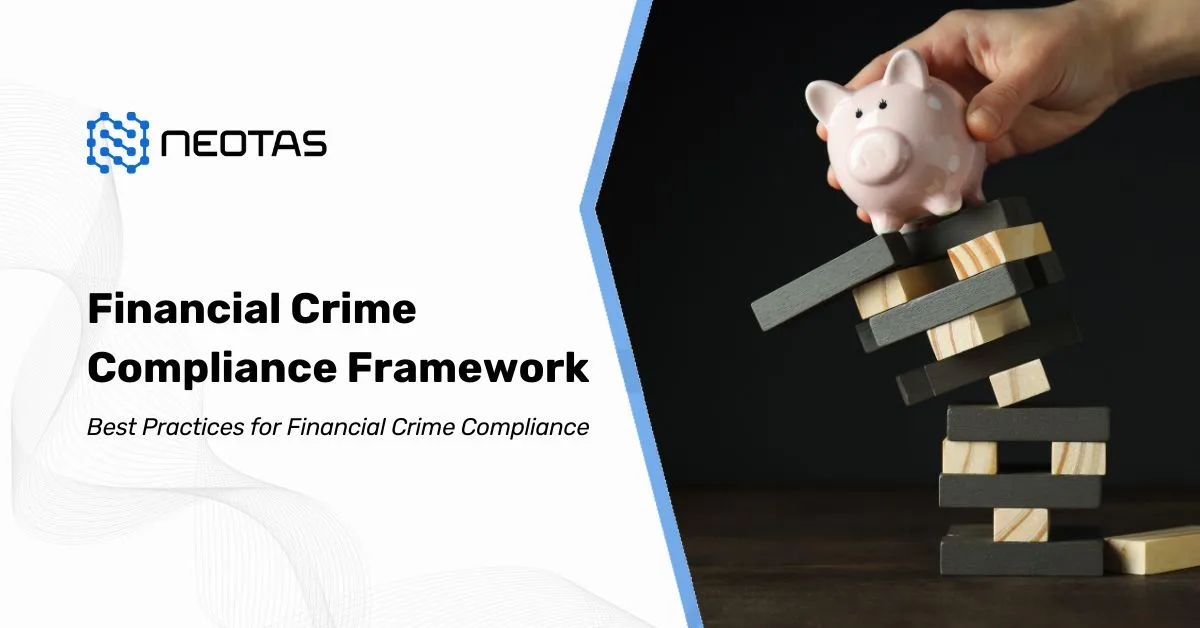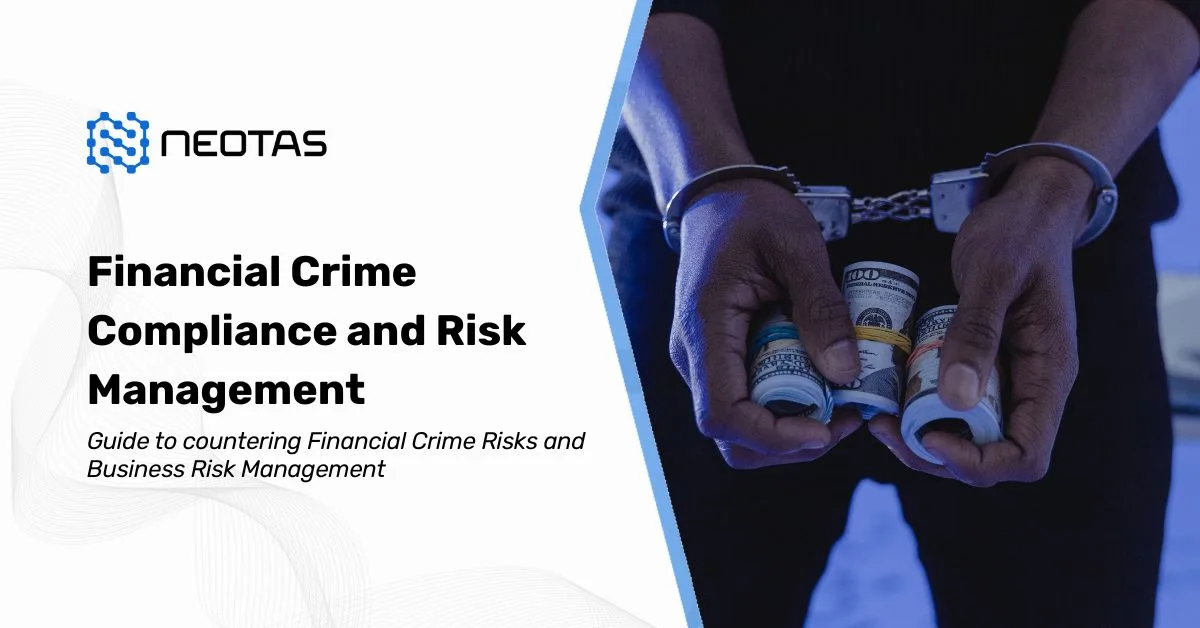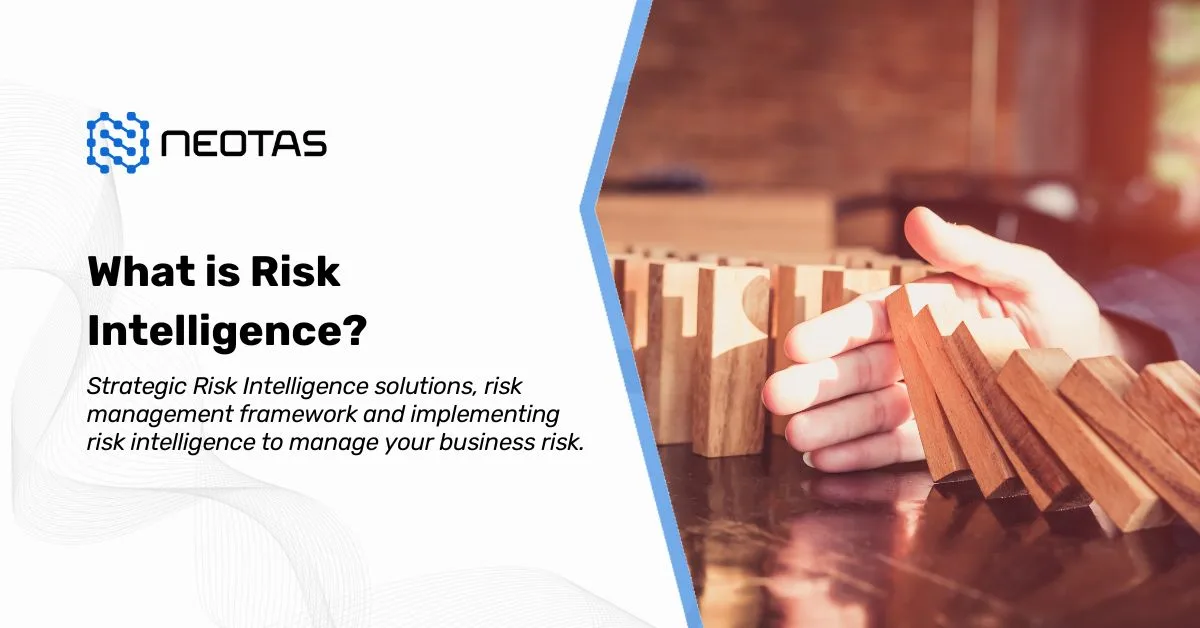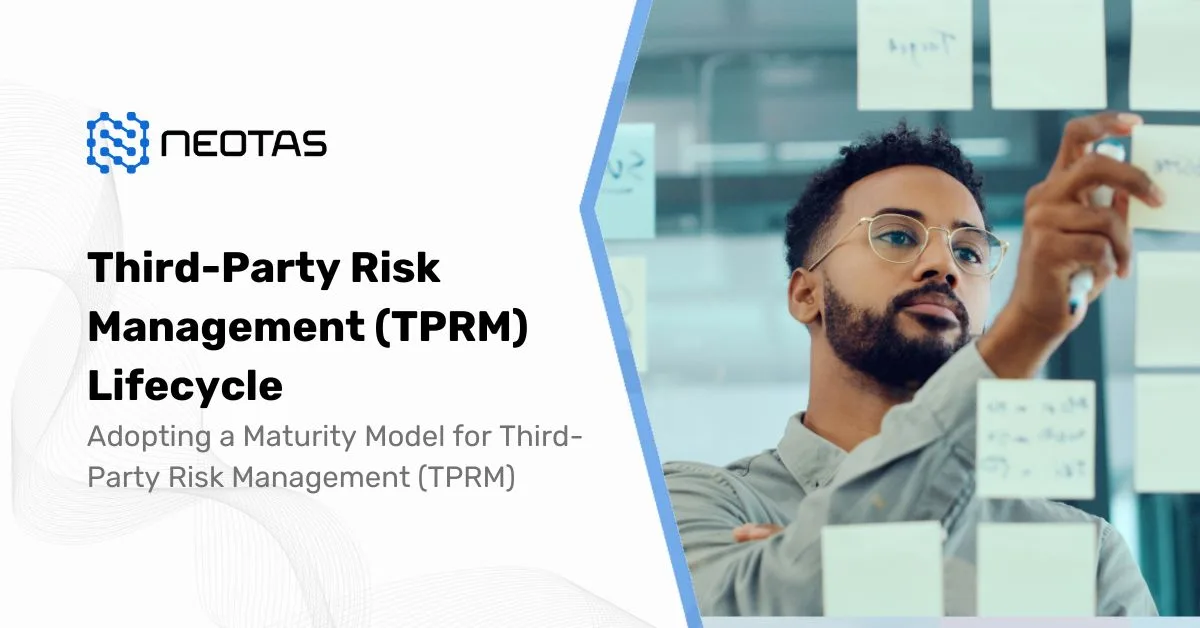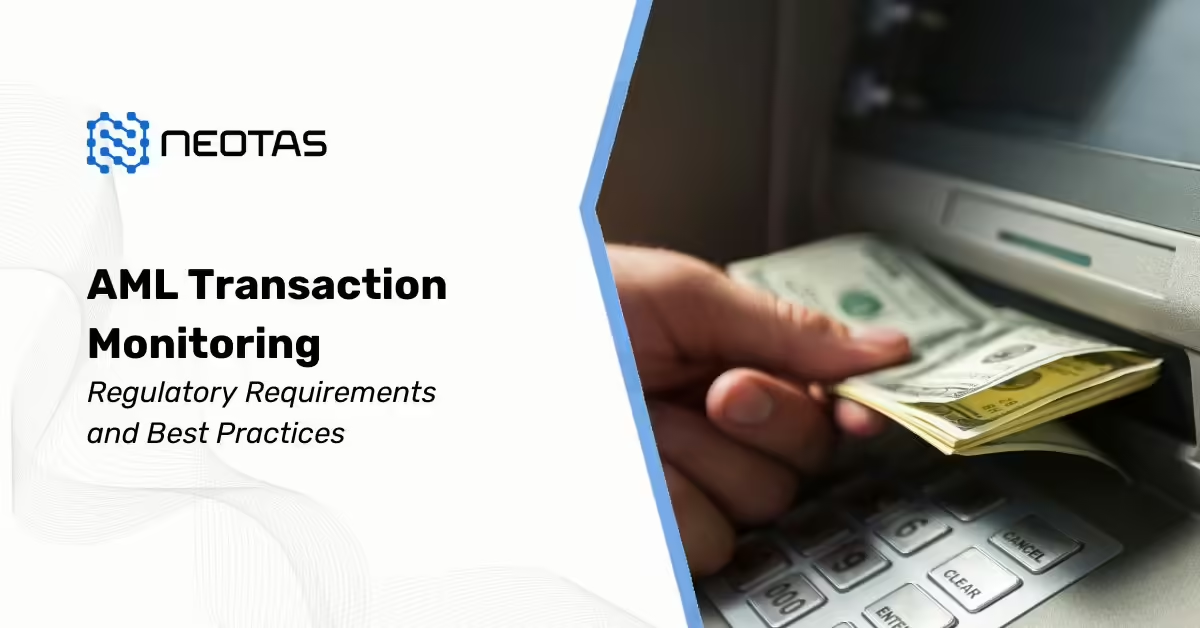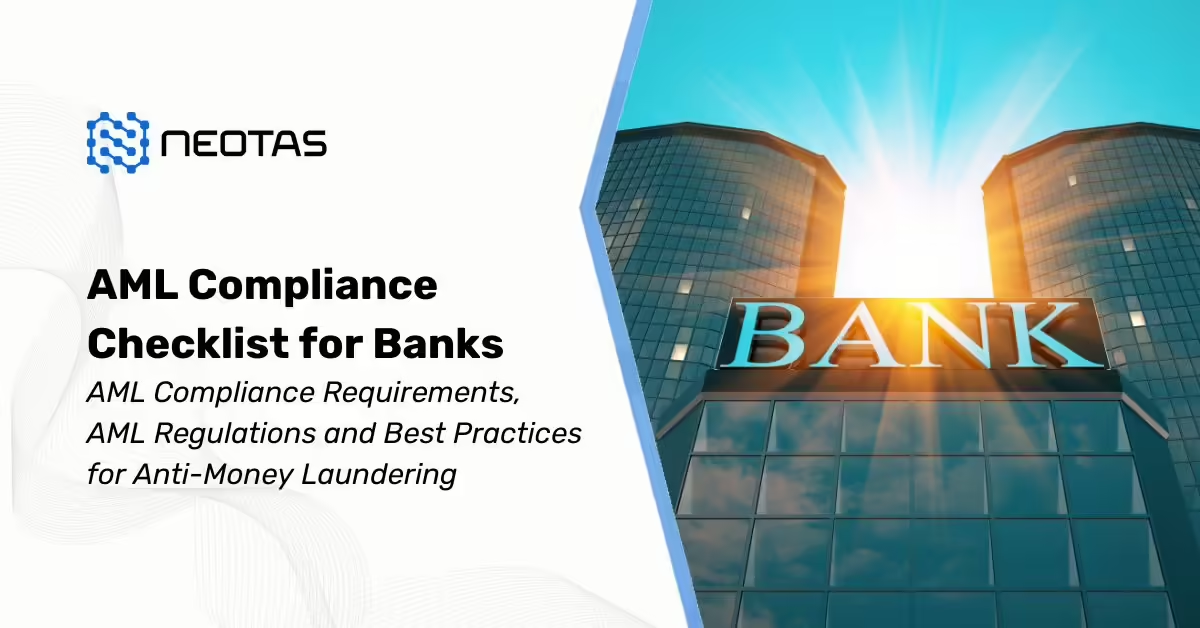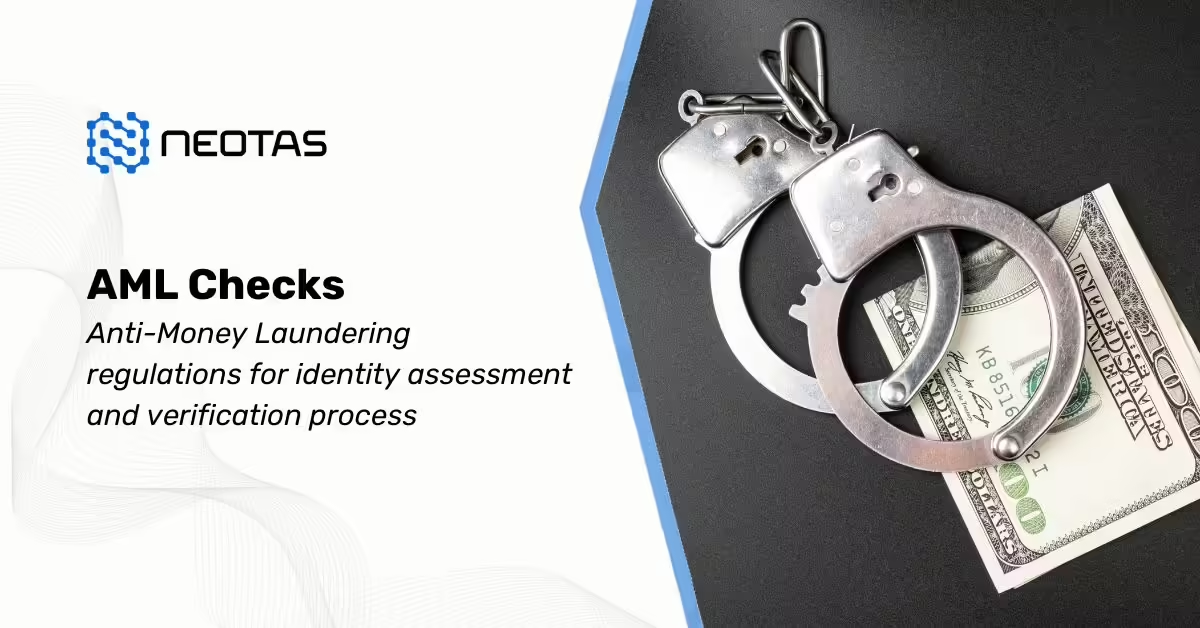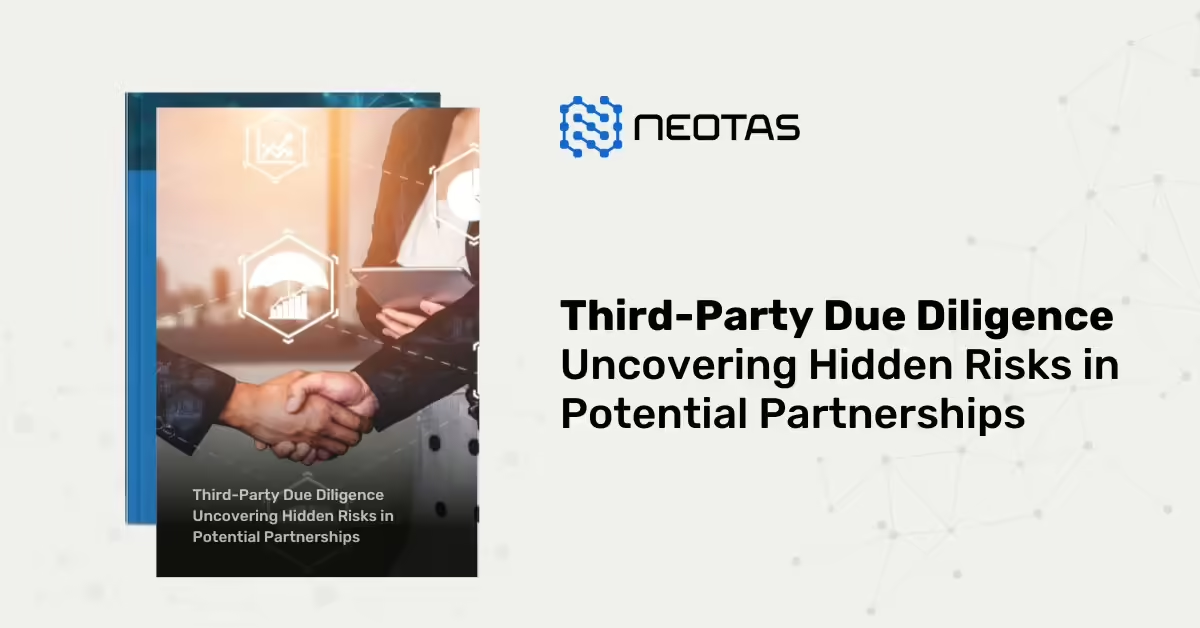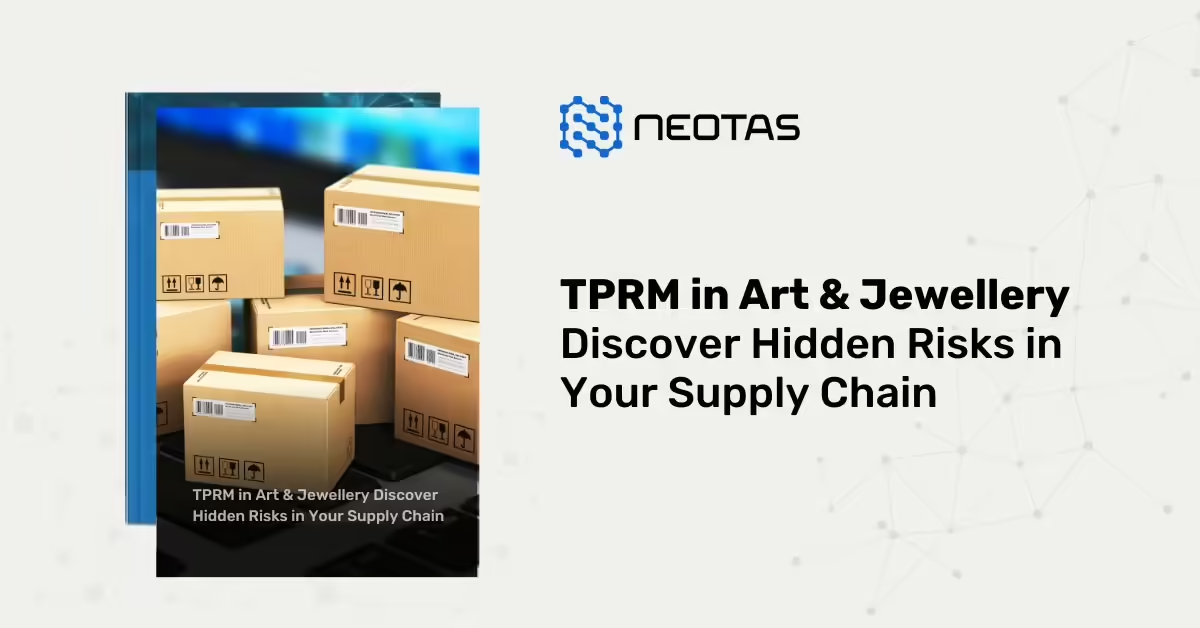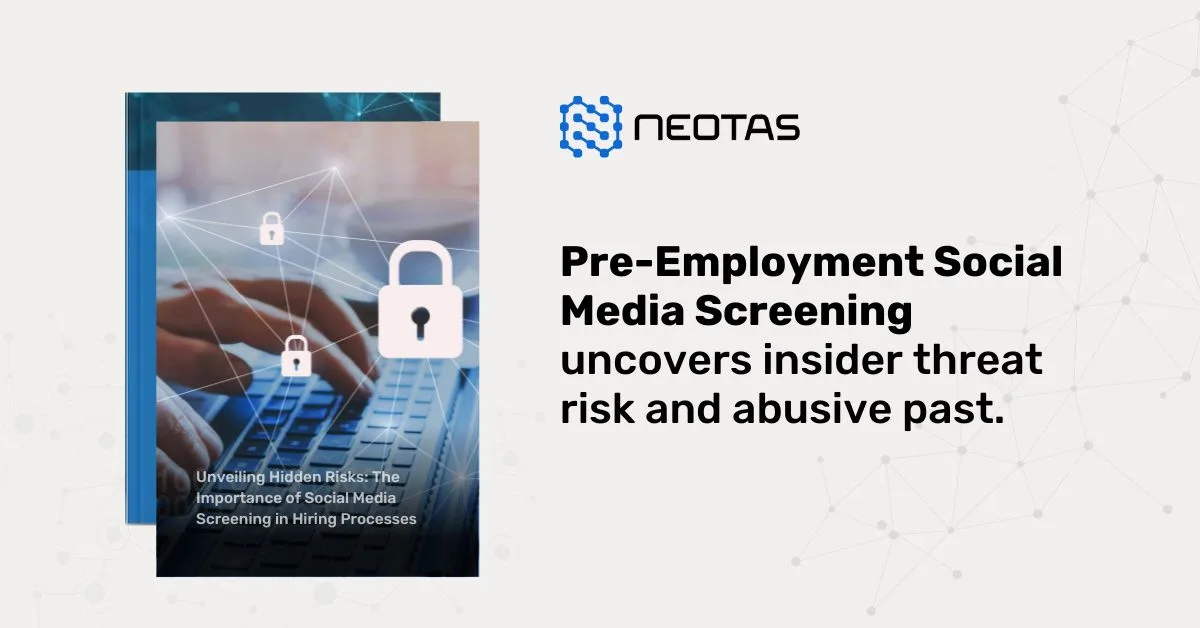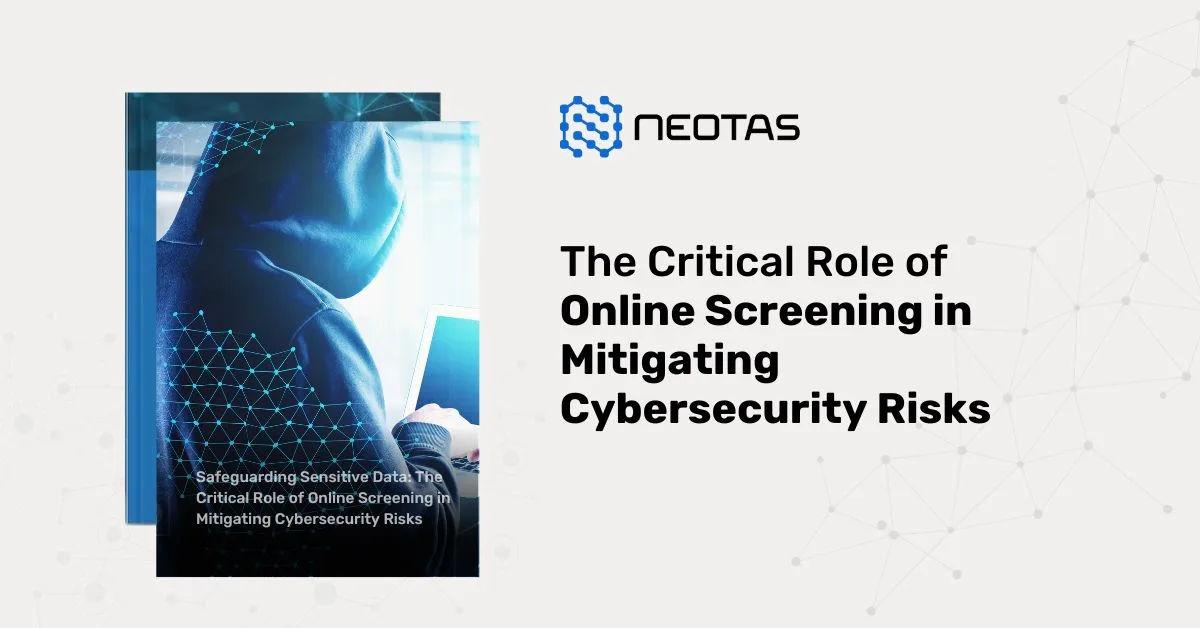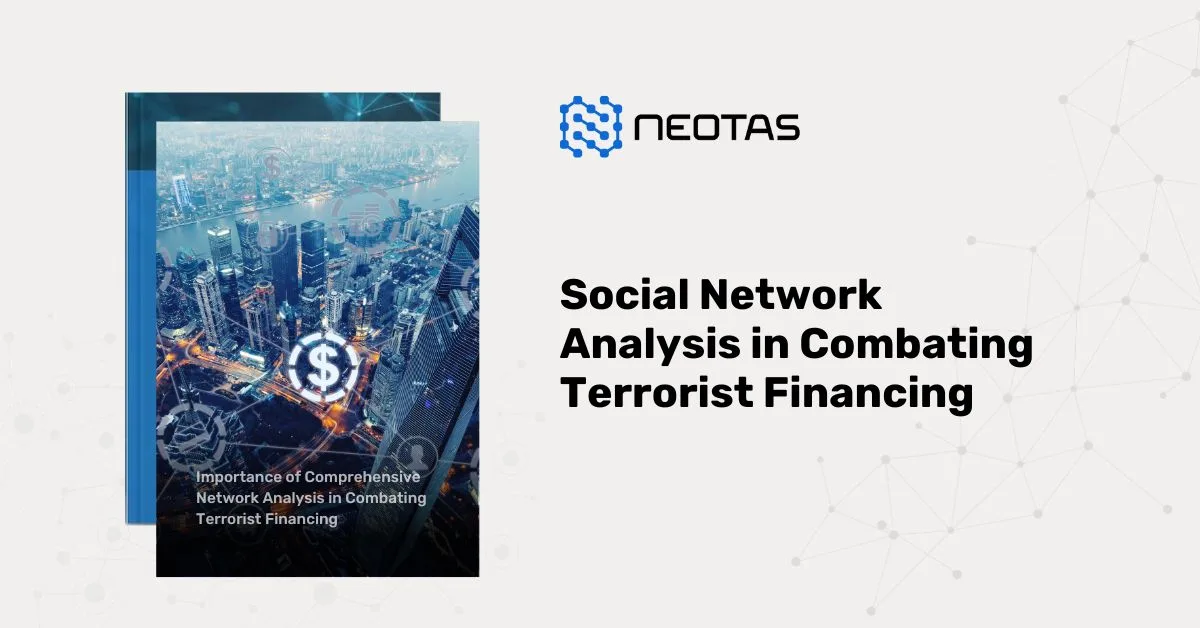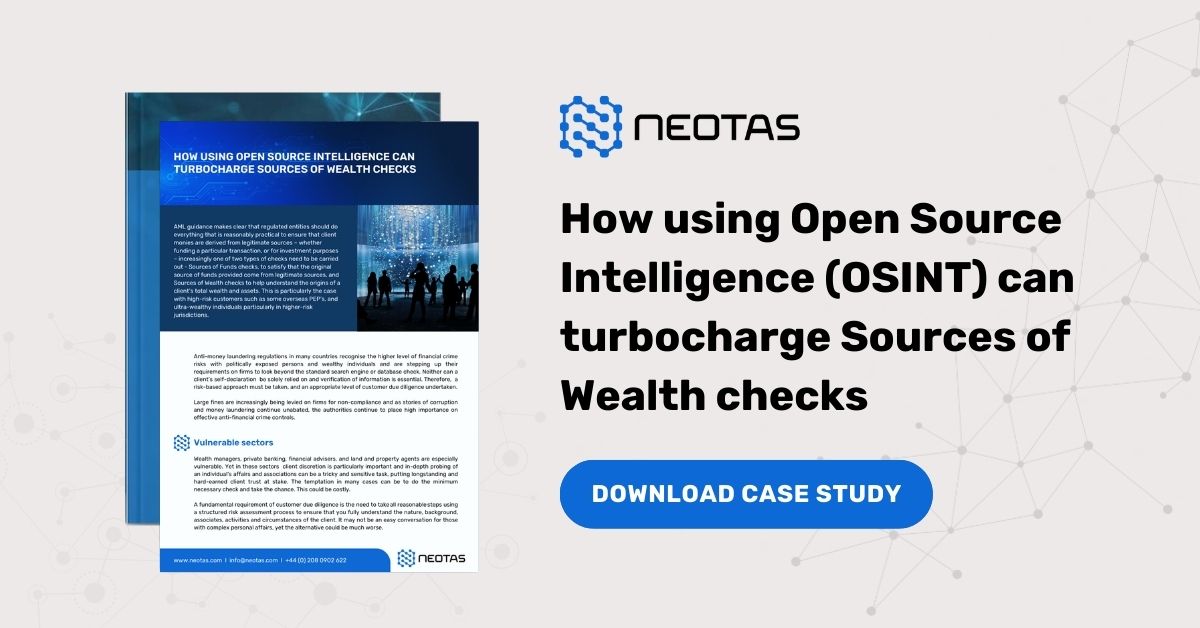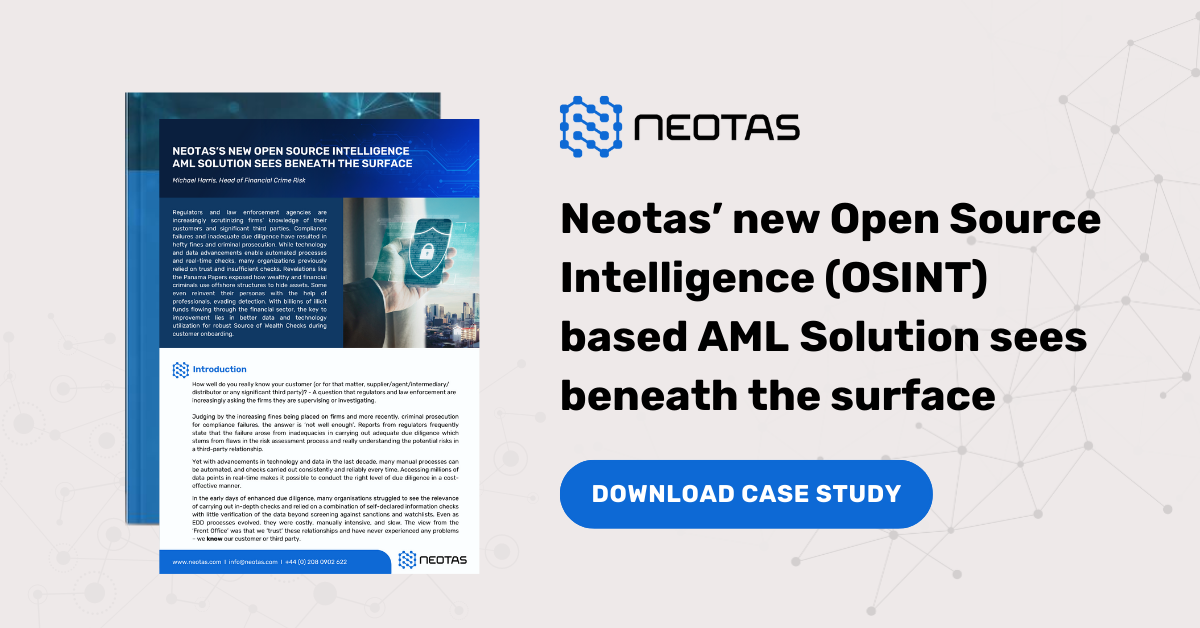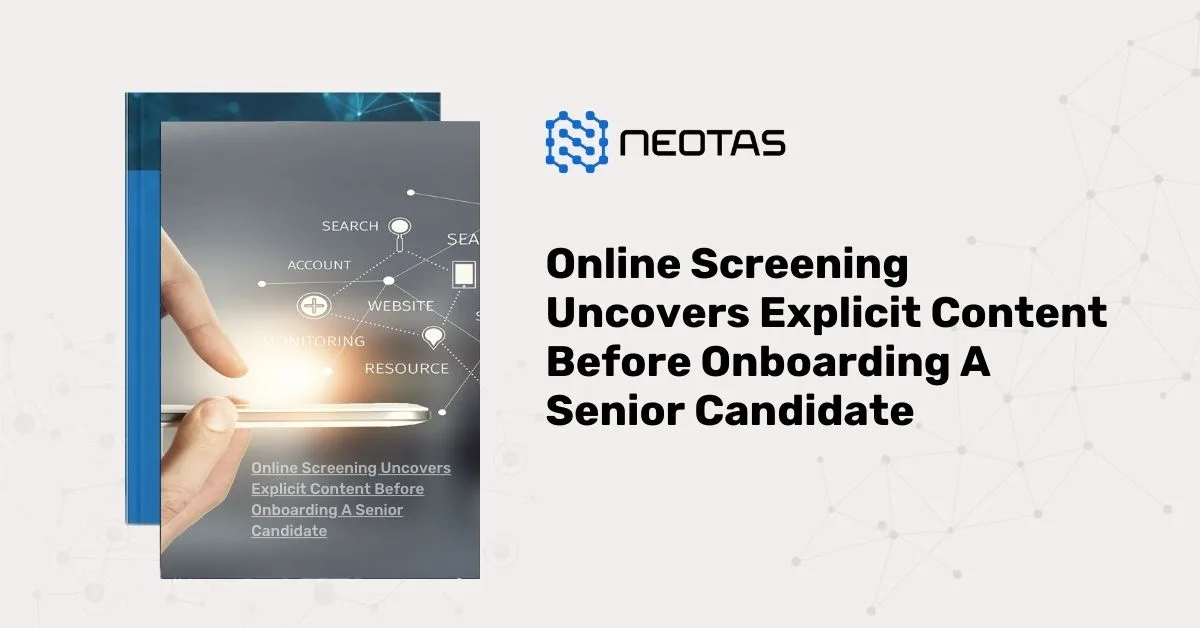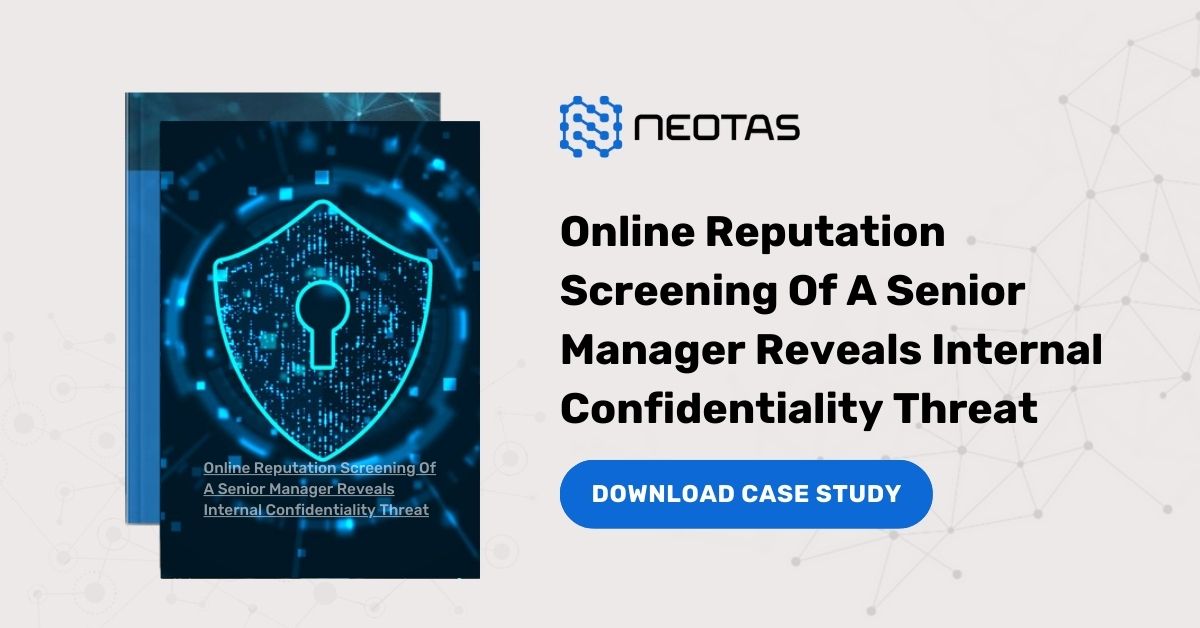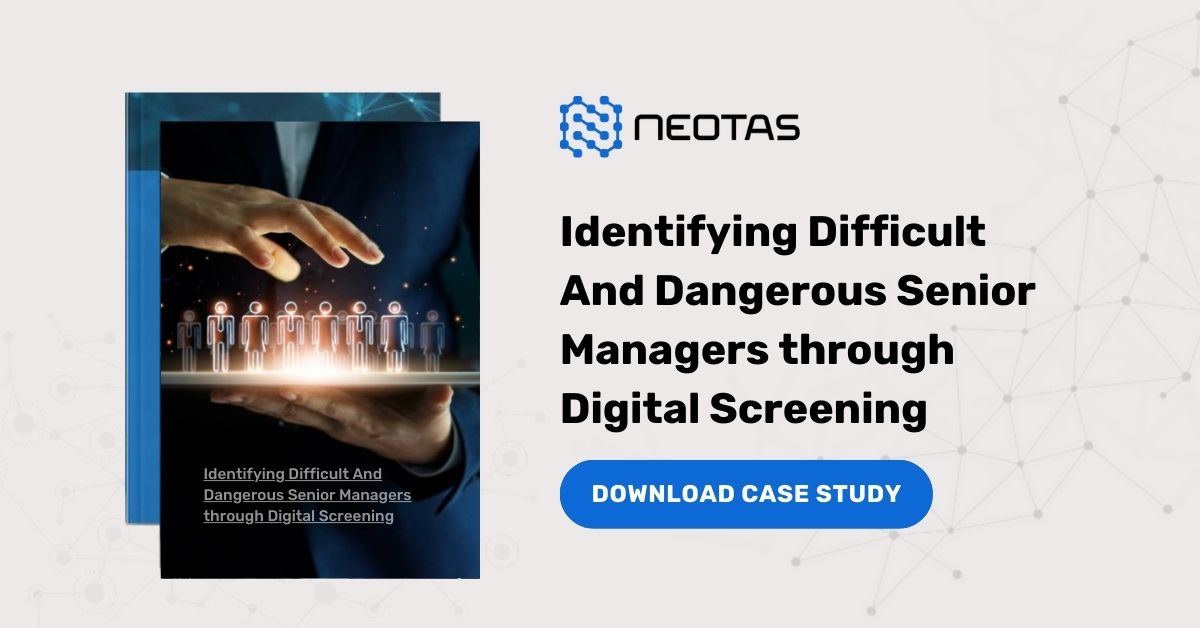TPRM Framework
TPRM (Third-Party Risk Management) Framework: A Comprehensive Guide
In today’s highly interconnected business landscape, organisations increasingly rely on third-party vendors, suppliers, and service providers to streamline operations, enhance capabilities, and drive growth. However, this dependence on external entities also introduces potential risks that, if left unmitigated, can have severe consequences for an organisation’s reputation, financial stability, and overall success. This is where the Third-Party Risk Management (TPRM) framework comes into play, providing a structured approach to identifying, assessing, and mitigating risks associated with third-party relationships.
The TPRM framework is a holistic methodology that encompasses a range of processes, policies, and procedures designed to ensure that third-party risks are effectively managed throughout the entire lifecycle of the relationship. It is a crucial component of an organisation’s overall risk management strategy, as it helps organisations maintain control over their operations and safeguard their interests while leveraging the expertise and resources of external partners.
Implementing an effective TPRM Framework
Implementing an effective TPRM framework involves several key components, each serving a specific purpose in the overall risk management process.
Governance and Oversight
The foundation of a successful TPRM framework lies in establishing a robust governance structure and clear lines of accountability. This involves defining roles and responsibilities, establishing oversight committees, and ensuring that senior management is actively involved in the decision-making process regarding third-party risk management.
Risk Identification and Assessment
At the core of the TPRM framework is the ability to identify and assess potential risks associated with third-party relationships. This involves conducting thorough due diligence assessments, evaluating the third party’s financial stability, operational capabilities, cybersecurity posture, and compliance with relevant regulations and industry standards. Risks can range from financial instability and data breaches to reputational damage and regulatory non-compliance.
Risk Mitigation and Monitoring
Once risks have been identified and assessed, the TPRM framework provides a structured approach to mitigating and monitoring those risks. This may involve implementing robust contractual agreements, establishing performance monitoring mechanisms, conducting periodic audits, and implementing contingency plans to address potential disruptions or failures.
Continuous Improvement
The TPRM framework is not a one-time implementation; it requires continuous evaluation and improvement. This involves regularly reviewing and updating policies, procedures, and risk assessment methodologies to ensure alignment with changing business requirements, regulatory landscapes, and emerging threats.
Benefits of Implementing a TPRM Framework
Adopting a comprehensive TPRM framework offers numerous benefits to organisations, including:
Enhanced Risk Visibility
By systematically identifying and assessing third-party risks, organisations gain a clear understanding of their exposure and can prioritise their risk management efforts accordingly.
Improved Operational Resilience
Effective TPRM practices help organisations mitigate potential disruptions and ensure continuity of operations, even in the face of third-party failures or adverse events.
Regulatory Compliance
Many industries and jurisdictions have specific regulations governing third-party risk management, and a robust TPRM framework helps organisations demonstrate compliance and avoid costly penalties or reputational damage.
Cost Optimization
By proactively managing third-party risks, organisations can avoid potential losses, litigation costs, and the need for costly remediation efforts in the event of a third-party failure or breach.
Competitive Advantage
A well-implemented TPRM framework can differentiate an organisation from its competitors, demonstrating a commitment to risk management and instilling confidence in customers, partners, and stakeholders.
In the modern business environment, where third-party relationships are increasingly prevalent, the implementation of a comprehensive TPRM framework is essential for organisations to effectively manage risks and protect their interests. By establishing robust governance structures, conducting thorough risk assessments, implementing mitigation strategies, and continuously improving their processes, organisations can navigate the complexities of third-party relationships with confidence and ensure long-term success.
Read more about Third-Party Risk, TPRM software, and TPRM processes.
Read the detailed guide on Vendor Due Diligence Checklist
TPRM meaning
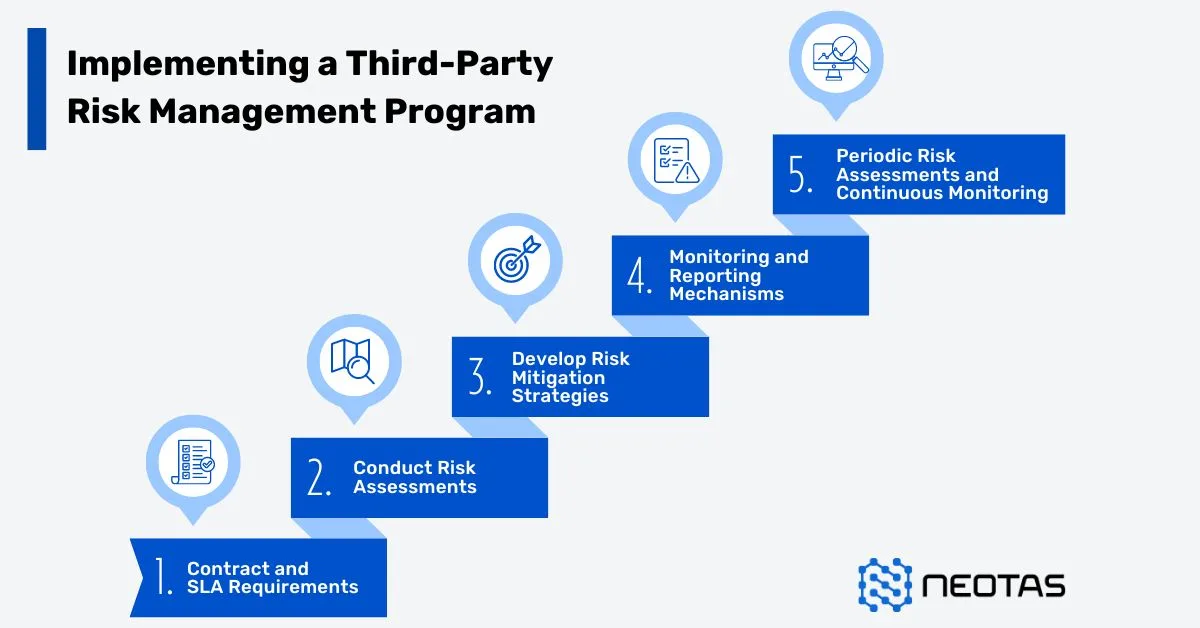
How can Neotas TPRM solutions help?
Neotas offers an innovative solution to businesses grappling with Third-Party Risk Management (TPRM). In an era of increasing outsourcing, TPRM has become pivotal, and Neotas recognises this need. Through our enhanced due diligence platform, businesses can efficiently track and evaluate vendors and contractors, ensuring adherence to security protocols in a cost-effective manner.
The Neotas platform automates the vendor onboarding process, streamlining the addition of new vendors with remarkable ease and speed.
Moreover, Neotas provides a customisable dashboard, enabling businesses to proactively identify and address emerging risks. By consolidating vital vendor information, Neotas facilitates the seamless integration of risk management into existing Customer Relationship Management (CRM) and Supply Chain Management (SCM) systems, ultimately helping businesses maximise profits while minimising risk exposure.
If you’re curious about whether our third-party risk management solutions and services align with your organisation, don’t hesitate to schedule a call. We’re here to help you make informed decisions tailored to your needs.
Third Party Risk Management (TPRM) Solutions:
- Enhanced Due Diligence
- Management Due Diligence
- Customer Due Diligence
- Simplified Due Diligence
- Third Party Risk Management
- Vendor Due Diligence
- Open Source Intelligence (OSINT)
- Introducing the Neotas Enhanced Due Diligence Platform
Third Party Risk Management (TPRM) Case Studies:
- Third Party Risk Management (TPRM) Using OSINT
- Open-source Intelligence For Supply Chain – OSINT
- ESG Risk Management Framework with Neotas’ OSINT Integration
- Open Source Intelligence In AML Compliance | Case Study
- Identifying Difficult And Dangerous Senior Managers
- ESG Risk Investigation Uncovers Supply Chain Risks
- Financial Crime Compliance & Risk Management Trends
- Network Analysis Reveals International Links In Credit Risk Case
- Network Analysis and Due Diligence – Terrorist Financing
- Using OSINT For Sources Of Wealth Checks
- ESG Risks Uncovered In Investigation For Global Private …
- PEP Screening: Undisclosed Political Links Uncovered For European Organisation
- Risk-Based Approach (RBA) to AML & KYC risk management
- Anti-Money Laundering (AML)
- Supply Chain Risk Management
- Due Diligence Explained: Types, Checklist, Process, Reports

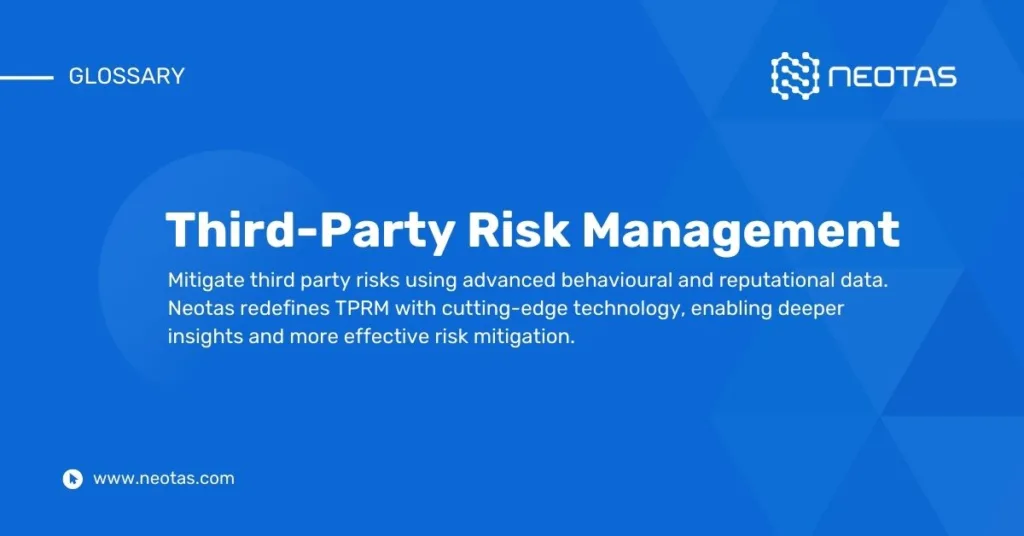

 Financial Crime Compliance Trends 2024
Financial Crime Compliance Trends 2024